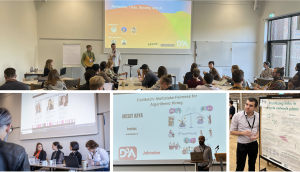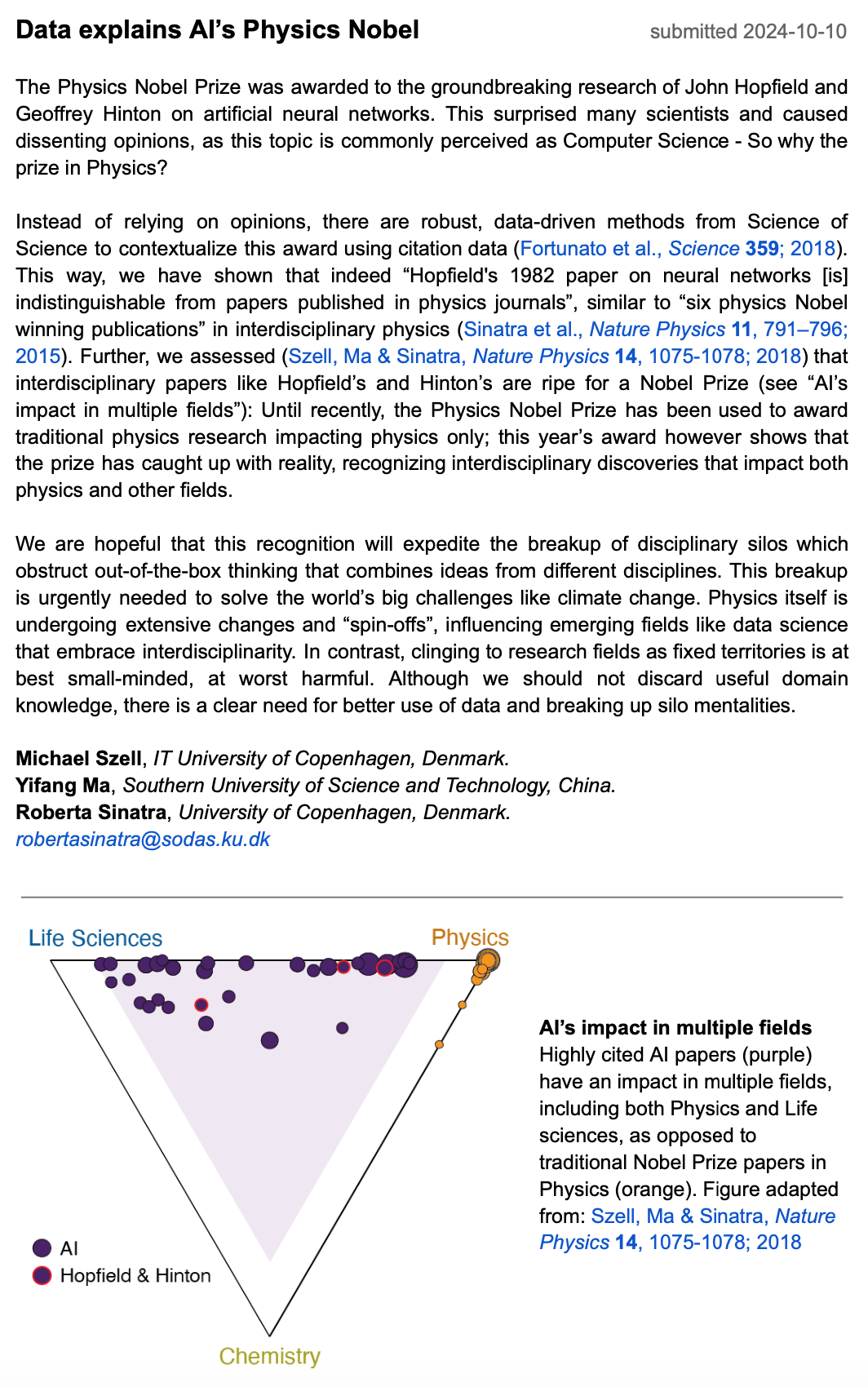The NERDS group showed a strong presence at the 1st conference on computational social science in Trento, Italy. Specifically, current or prior NERDS contributed with 12 talks throughout the two-day conference.🪩
The 2025 edition of the CS2 Italy Conference lead to the establishment of the Society of Computational Social Science in Italy (CS2 Italy), aiming to be the first scientific association of Italian scholars working in CSS. 🇮🇹
Of current NERDS, Arianna Pera and Luca Aiello presented recent and ongoing work on activism and labor movement on social media, both projects related to COCOONS. Luigi Arminio showcased VLLM-based image clustering, Alessia Galdeman gave a talk on voting behaviour in social networks, and Elisabetta Salvai contributed with her work on fairness in network algorithms. Former NERDS members Lucio La Cava, Alessia Antelmi, Jacobo Lenti, Daniele De Vinco, Nicolò Fontana, and Chiara Zappalà also presented their research — most of which were conducted during their time at ITU. 🙌🏼
Overall, this first edition of the CS2Italy was an incredible event with interesting and novel research, a great opportunity to receive valuable feedback on ongoing work, and community networking. With the establishment of the organised society of CSS in Italy and the strong Italian presence in NERDS, we are looking forward to contribute once again next year.


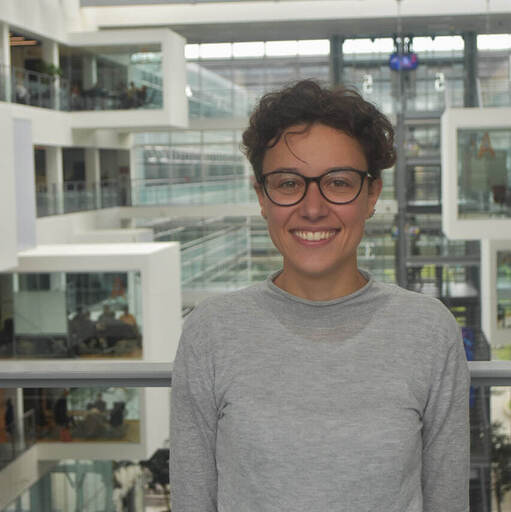
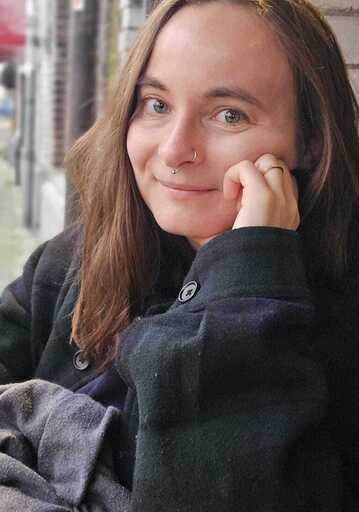
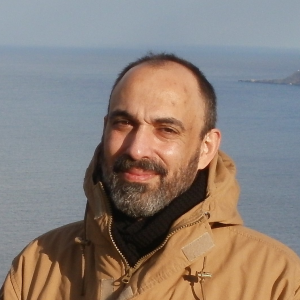 Nikos joins us as postdoctoral researcher, coming from the Cyprus University of Technology, where he was working on applying network analysis to study social media information dissemination.
Nikos joins us as postdoctoral researcher, coming from the Cyprus University of Technology, where he was working on applying network analysis to study social media information dissemination.

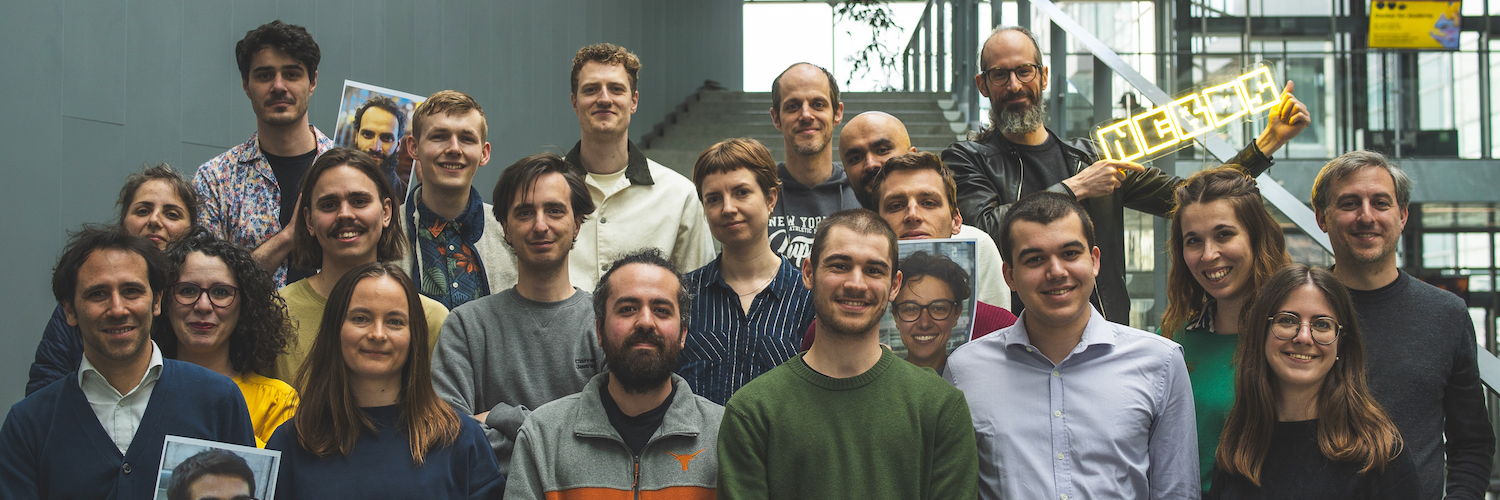
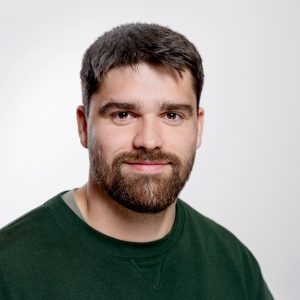 Anders joins us as PhD student, coming from the University of South Denmark, where he was working on machine learning methods.
Anders joins us as PhD student, coming from the University of South Denmark, where he was working on machine learning methods.